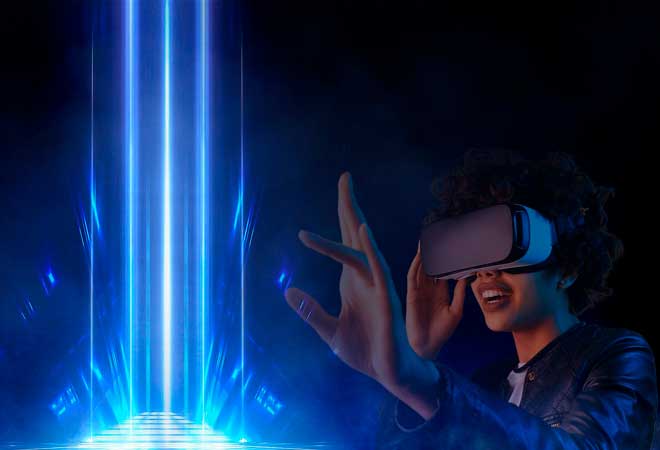One of the major misconceptions we need to understand is the connection between games and the meta-universe. The metaverse is not games, but we reach the metaverse on a large scale through games. And why is that? Games are a means to facilitate the mass adoption of the latest technology. Through games, billions of people will be able to get into Web3 and eventually into the metaverse. They will be drawn to exciting and engaging games, and until they realize it, they will be immersed in the ecosystem. Gamification will be one of the biggest "springboards" for the transition to cryptocurrencies and, finally, to the metaverse.
Moreover, gaming is a testnet for the metaclass universe. "Testnet" is a common concept in cryptocurrency. If you've already figured it out, it refers to a place where tests and iterations are conducted before a new product is released to millions of people. Many people are already using the metaverse on a smaller scale. For example, consider the online gaming company Roblox. Users can register an account and profile and use that to log into countless games and virtual worlds. In Roblox, you can play, interact, create and even make money through virtual goods.
Indeed, Roblox appears to be a game for children at first glance. But games like Roblox show users that anything is possible. Technology is hidden in them, and value and fun are put at the forefront.
Cryptocurrency Interaction
The concept of cryptocurrency is a technological layer. It can be used to create digital goods (like NFTs), own digital property, forms a truly digital economy, etc. All of this applies to both the meta-universe and games. In the latter, it is easier to imagine: you have an NFT symbolizing in-game items, a trading floor where you can buy and sell digitally obtained goods, and the ability to earn in-game currency, which can be transferred to a bank account in the "real world".
Gamification will be the most effective means of engaging millions of users in crypto, Web3, and, ultimately, the metaverse. The desire for novelty will push people to try out new and unfamiliar technologies, and crypto games will be natural test networks for what the meta-universe might look like in the long run.
The Situation in the Union.
There has been a lot of progress in the gaming field, particularly the development of the first waves of games and virtual worlds using cryptocurrencies. However, it would probably be more correct to view them as demonstrations of technology and financial infrastructures. They put economics and technology above experience, fun, and mass adoption.
Consider two of the best-known virtual environments: Decentraland and Sandbox. Decentraland has 20,000 daily users. Sandbox has 30,000 users per month. Minecraft had 141 million players at the peak of its popularity. Both digital currencies that power these virtual worlds have a market cap of several billion dollars, although their use is almost nil. Their value is due to the prospect of further development: users accumulate in-game assets and cash, counting on them to generate profits.
At the same time, we should be grateful for these firms and their teams' work. They are pioneers, and the knowledge we gain from their efforts will help pave the way to the metaverse universe. Most people don't understand how challenging creating a game or a virtual environment is since many popular games take at least ten years to complete.
But the goal, ultimately, is not to demonstrate the technology. The goal is to ensure the creation of an experience with great technology and to make the technology an invisible part of it. Users will not think about "cryptocurrencies," "NFTs," and other misconceptions but will consider the games' experience or technology's metaverse.

